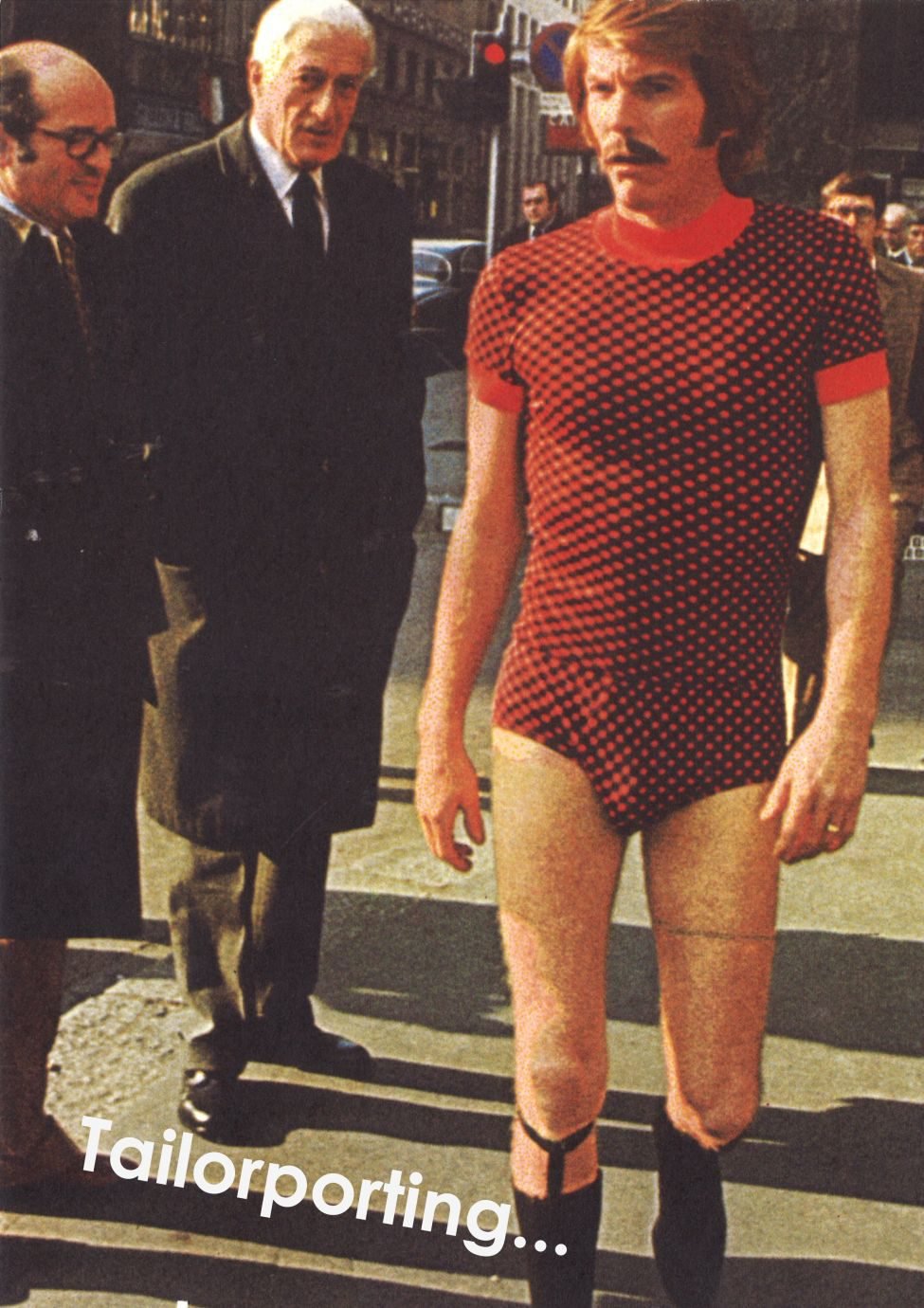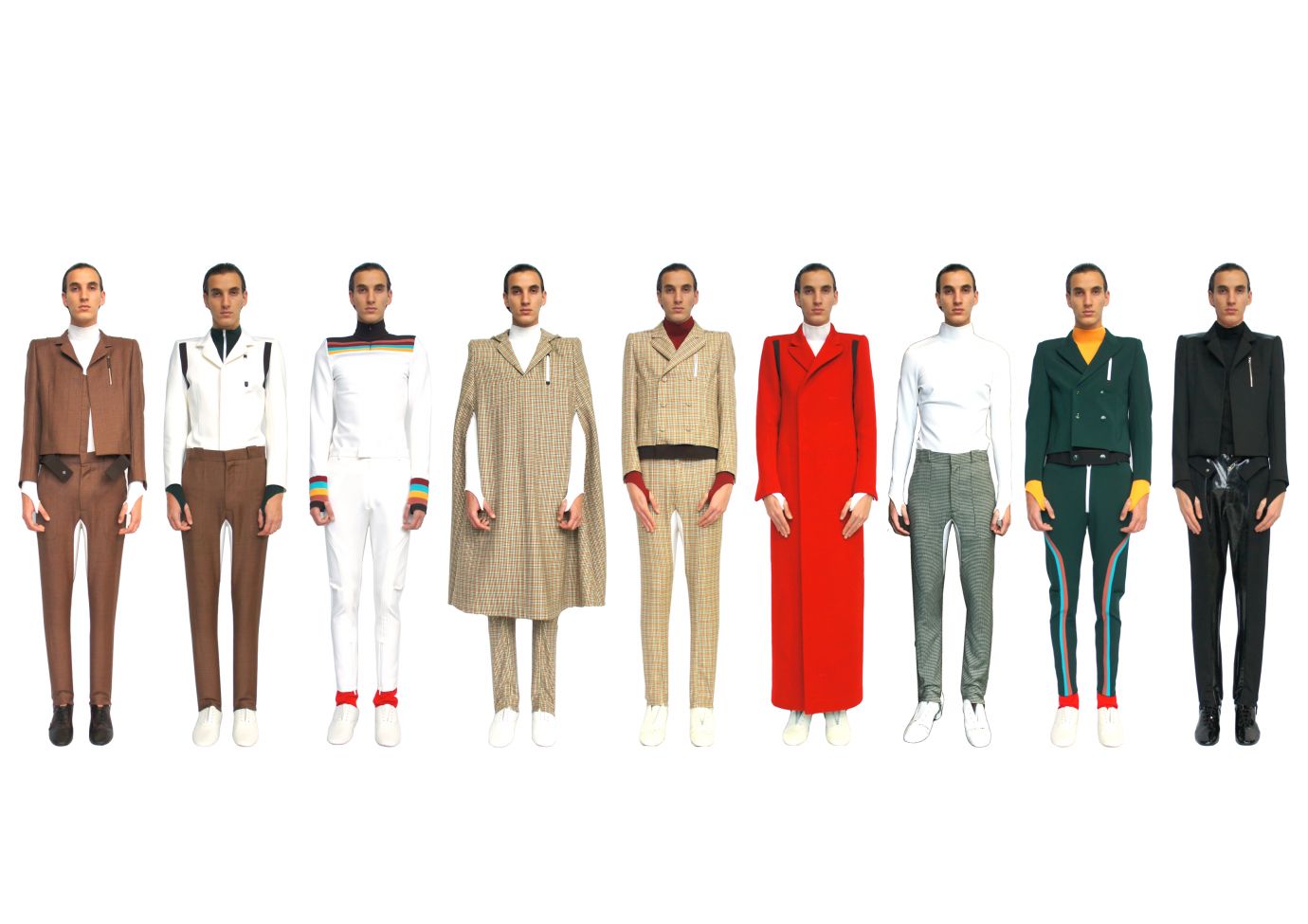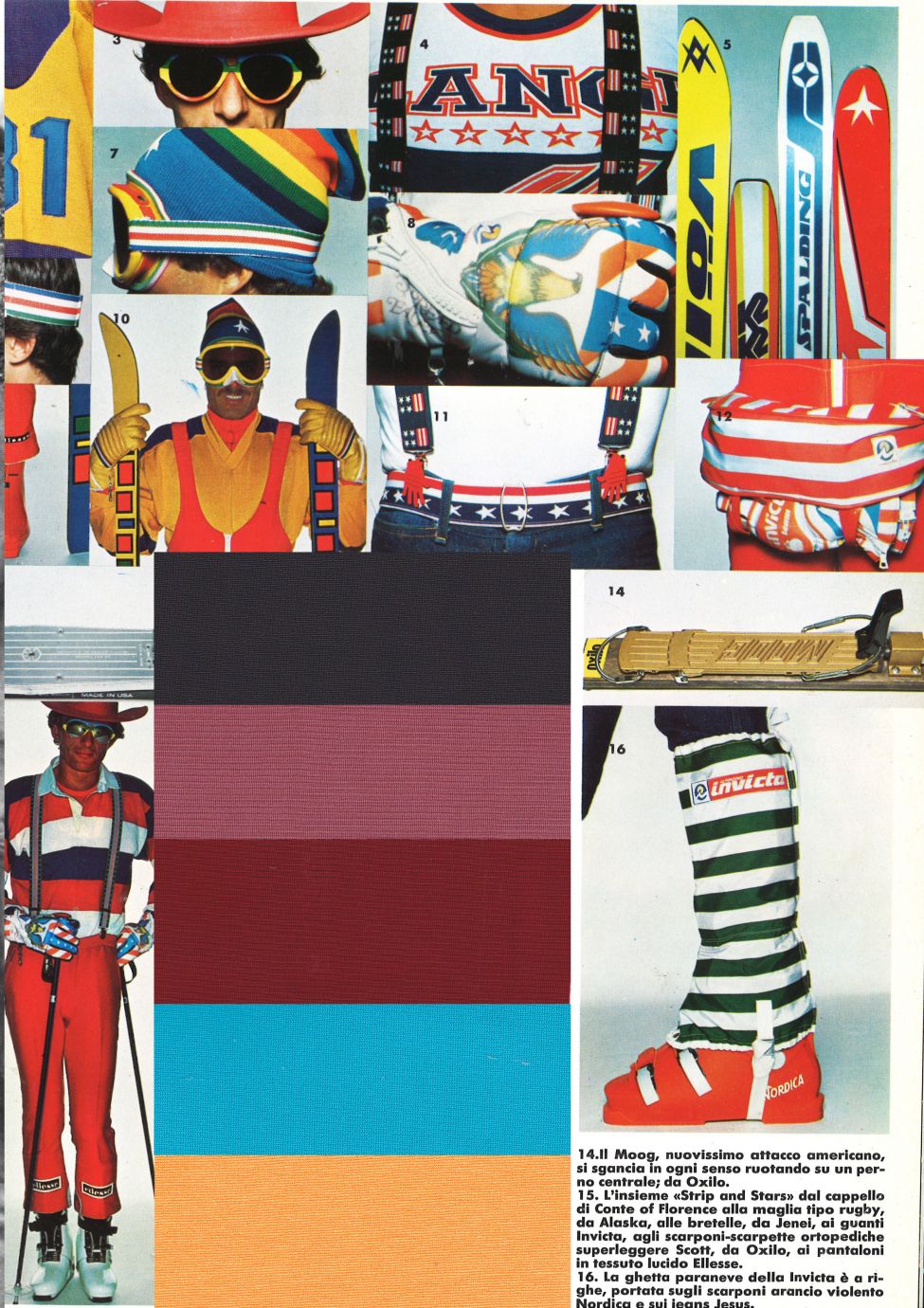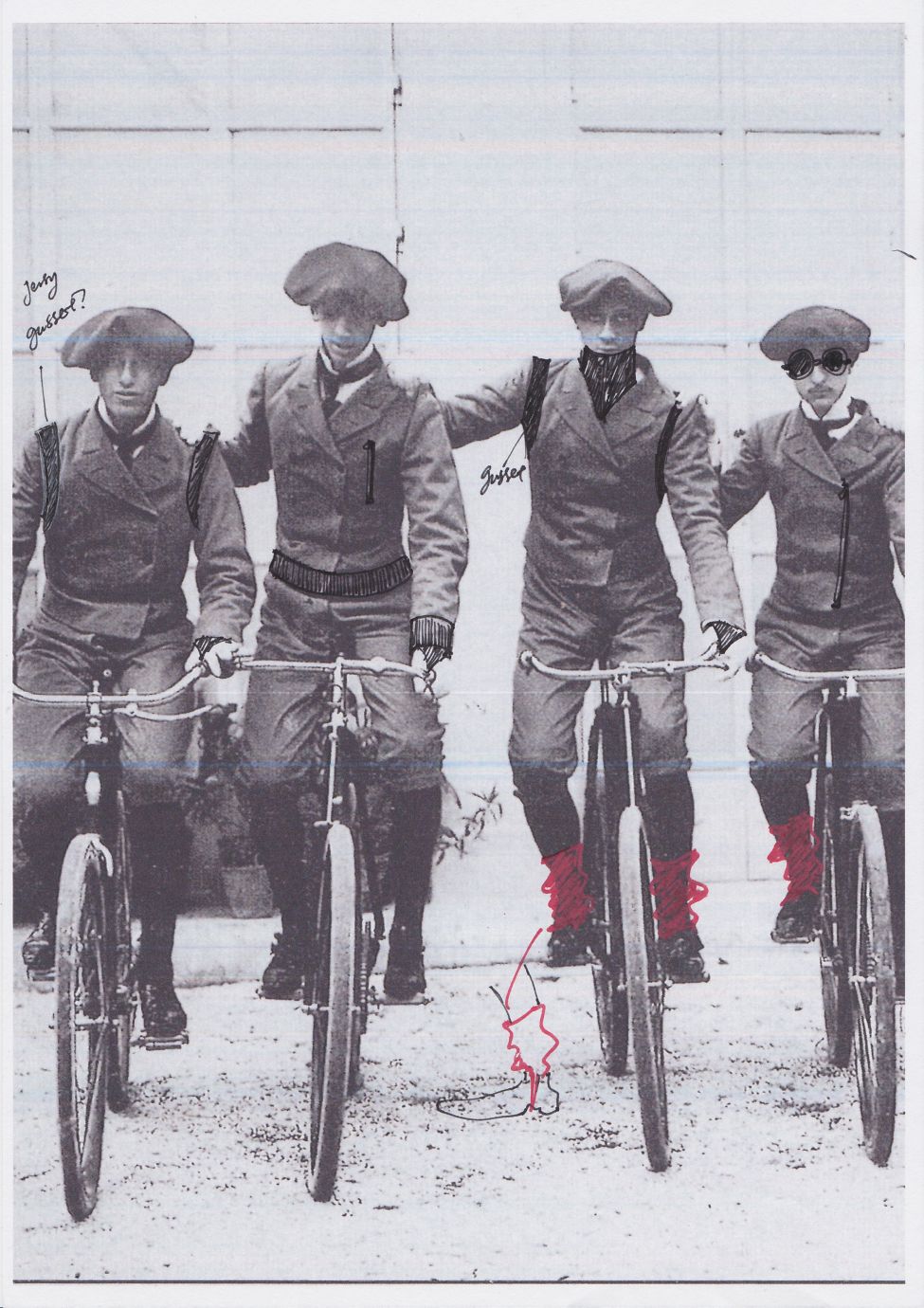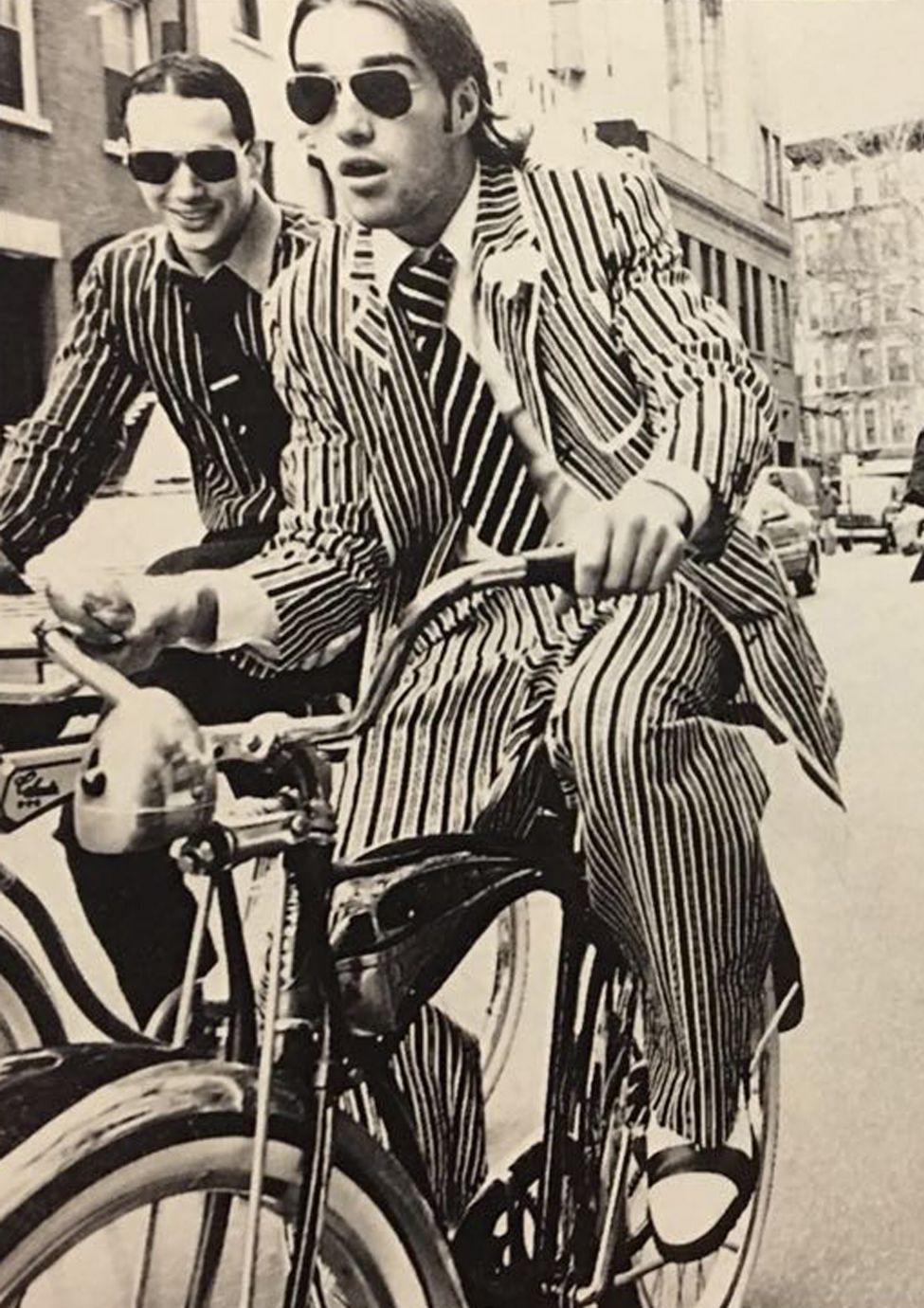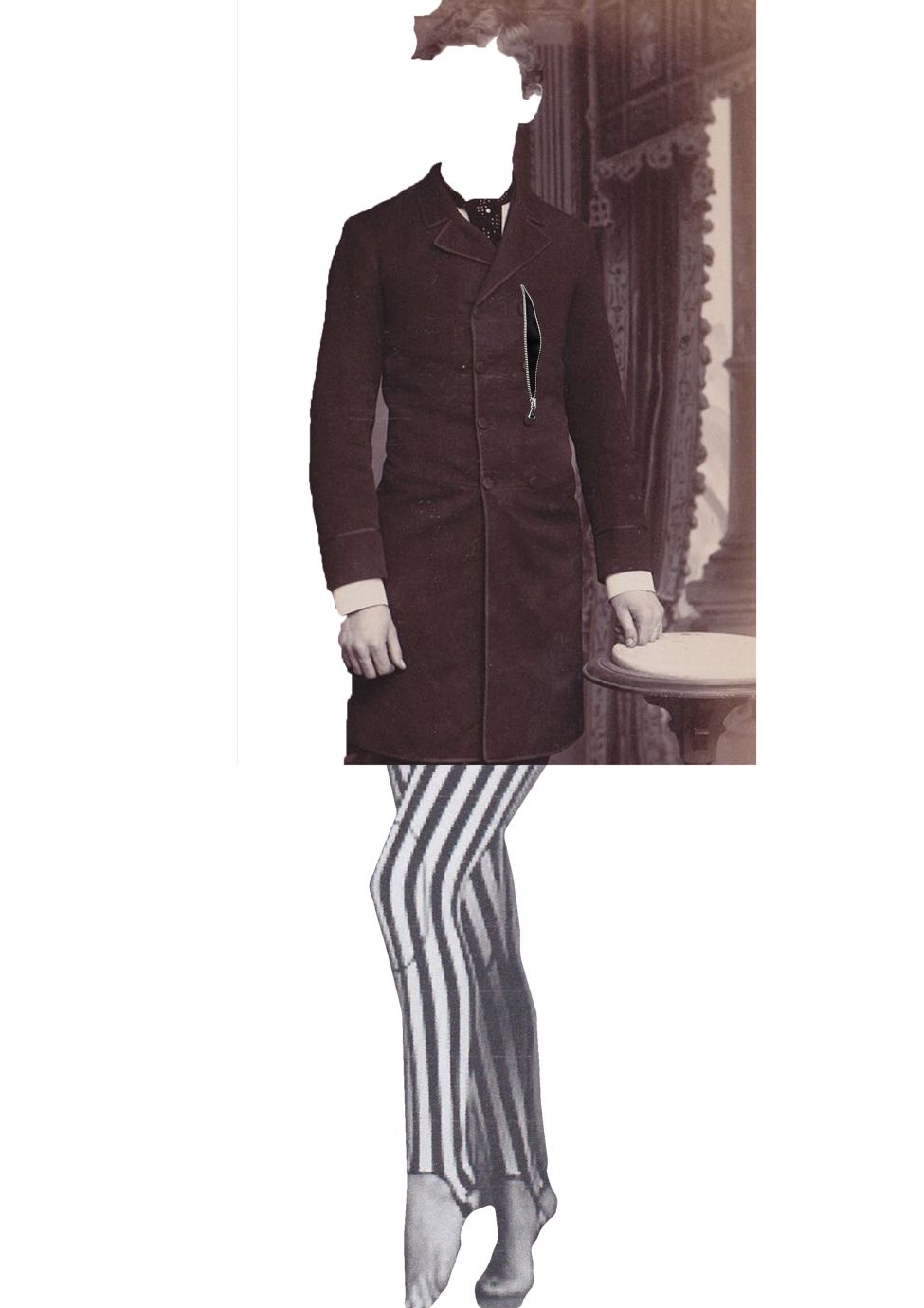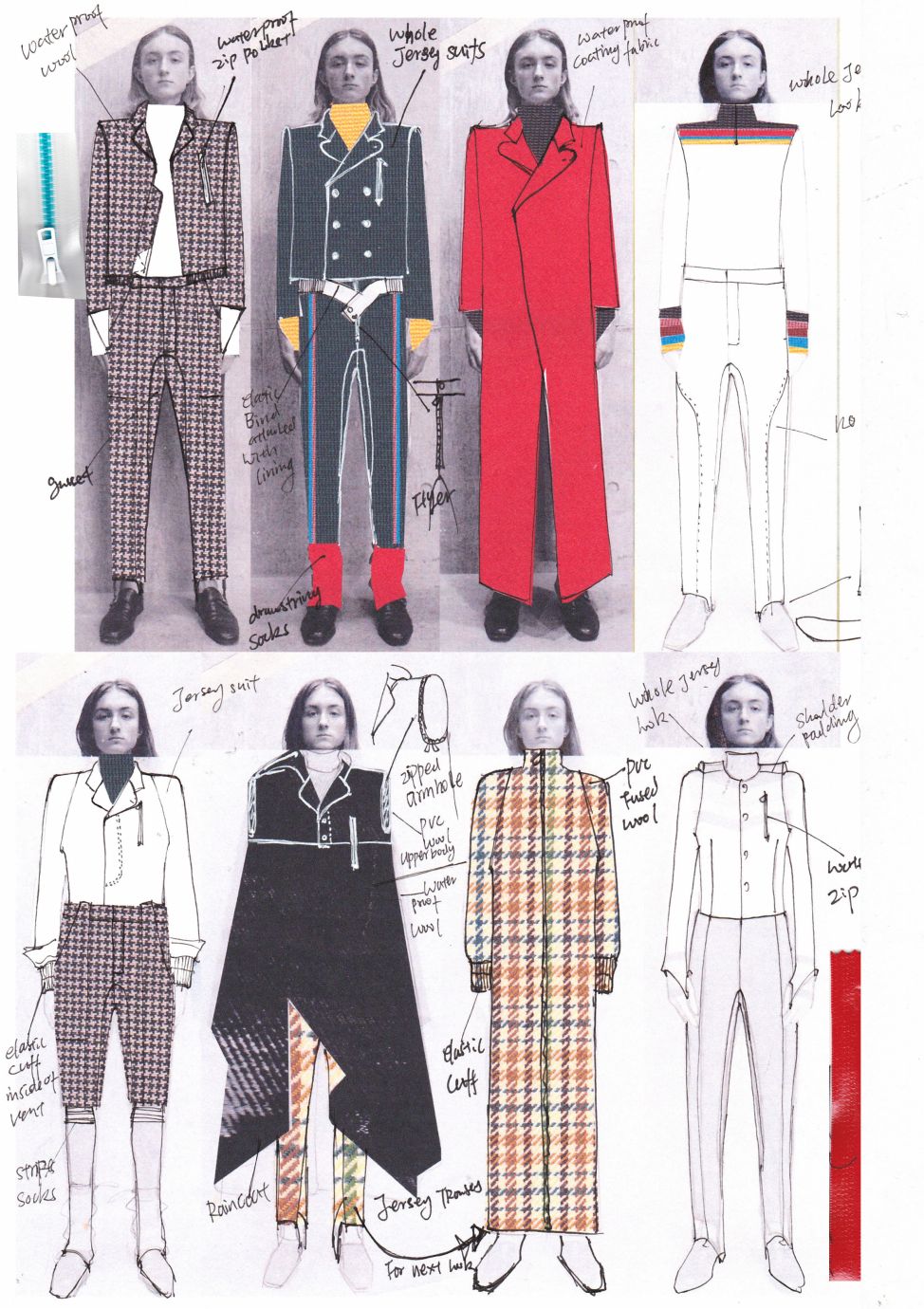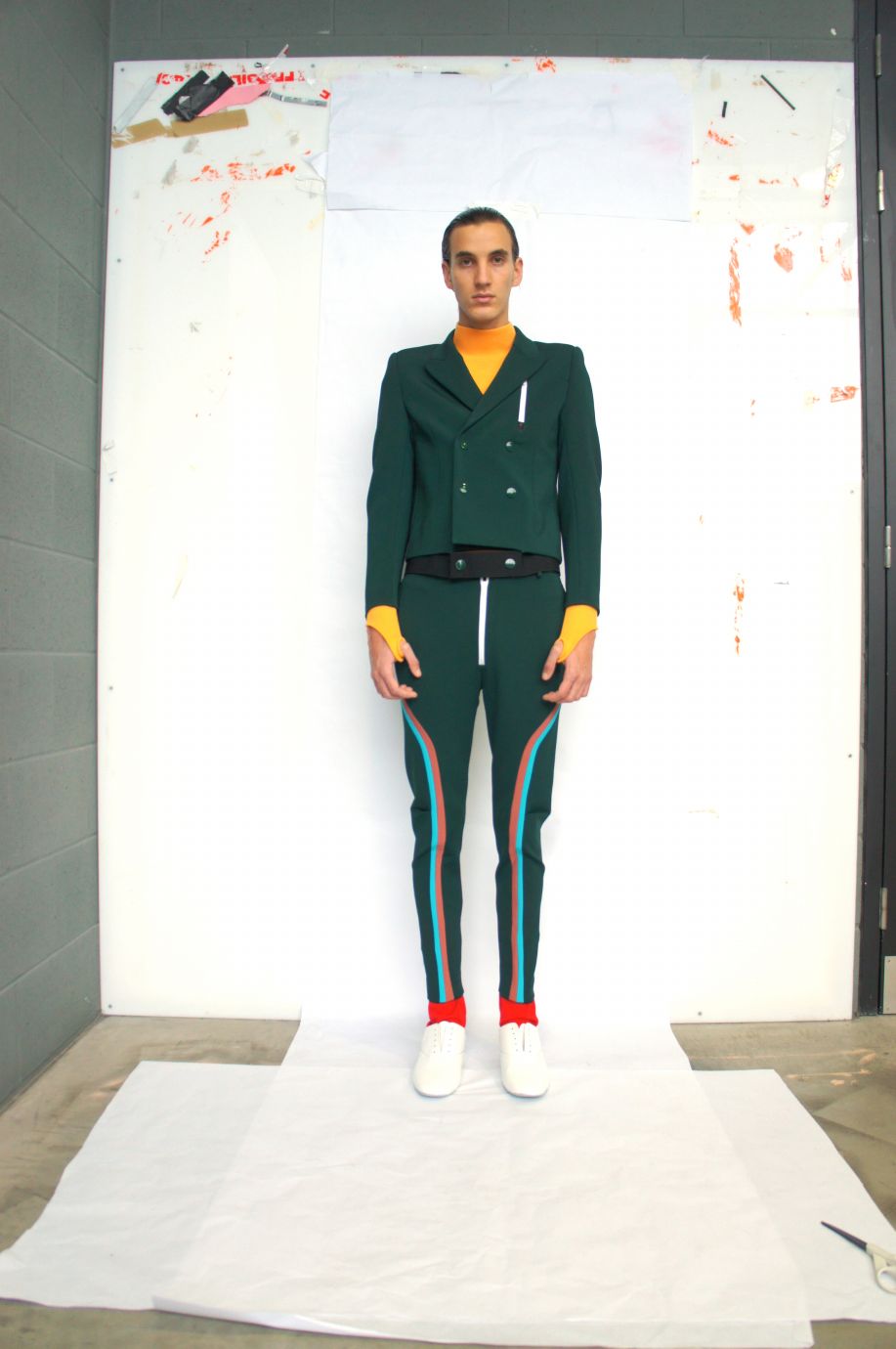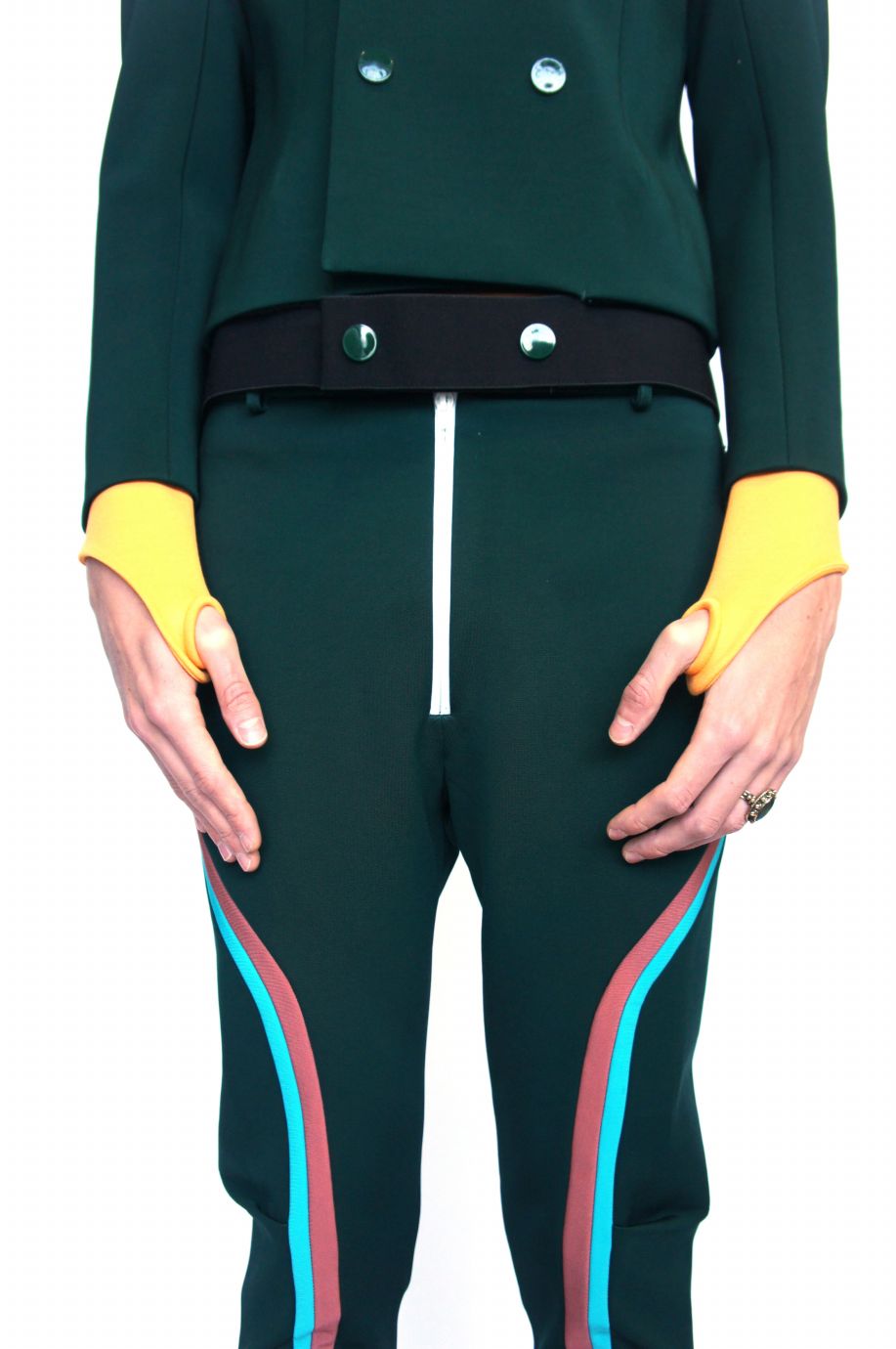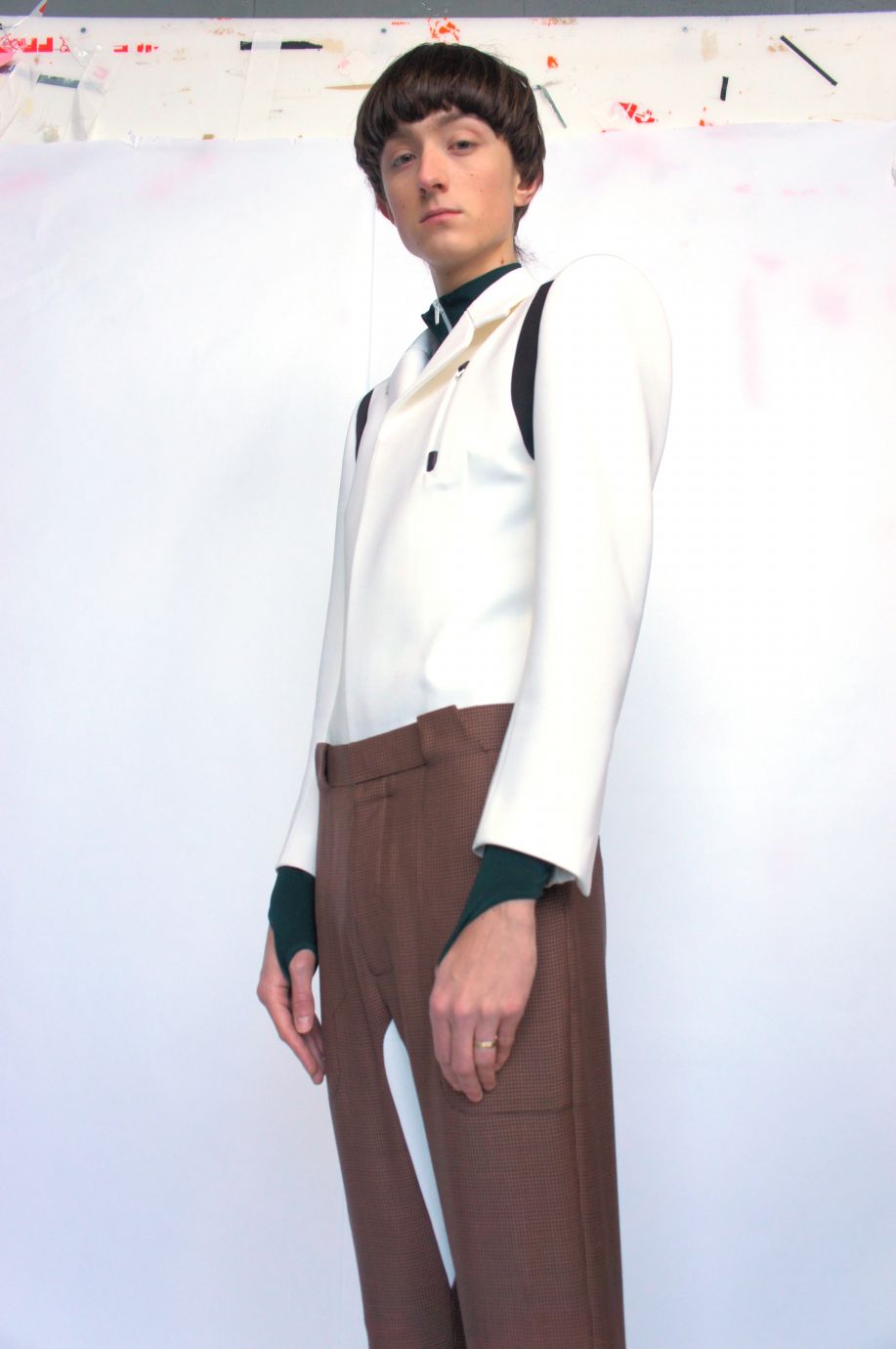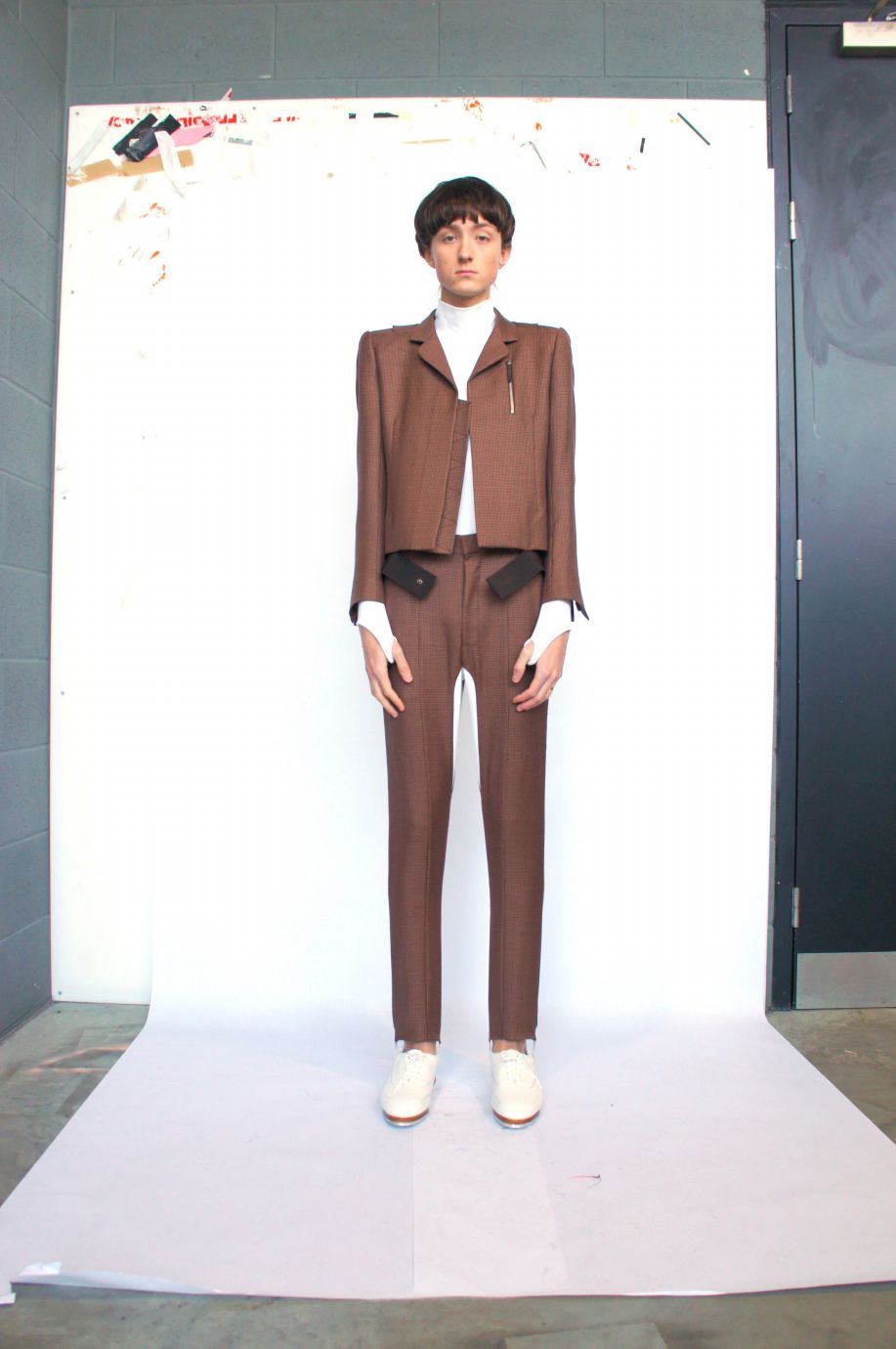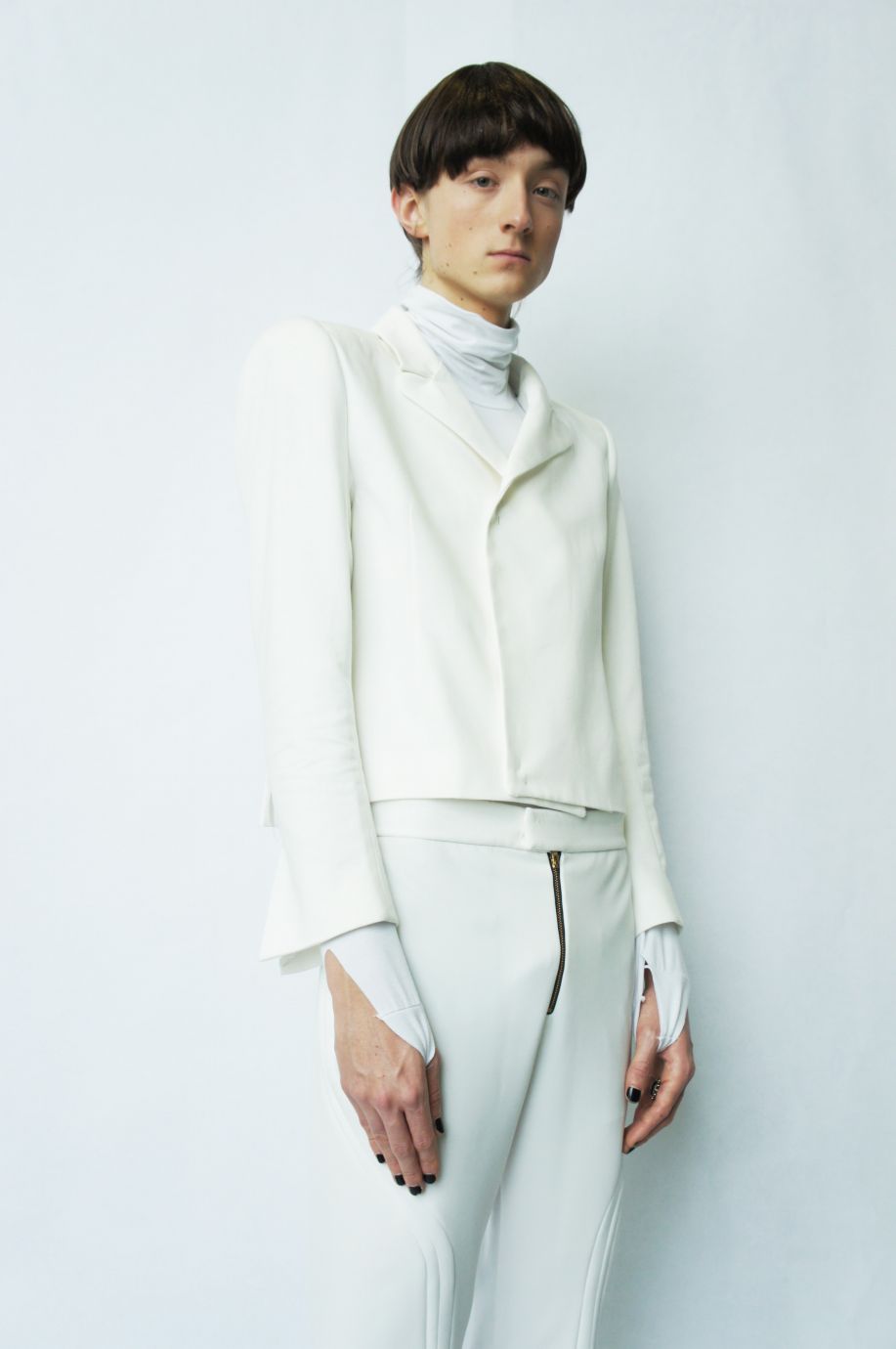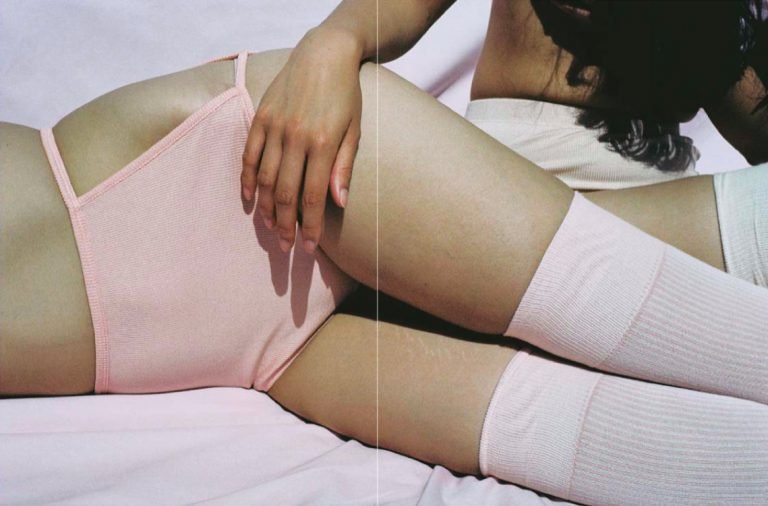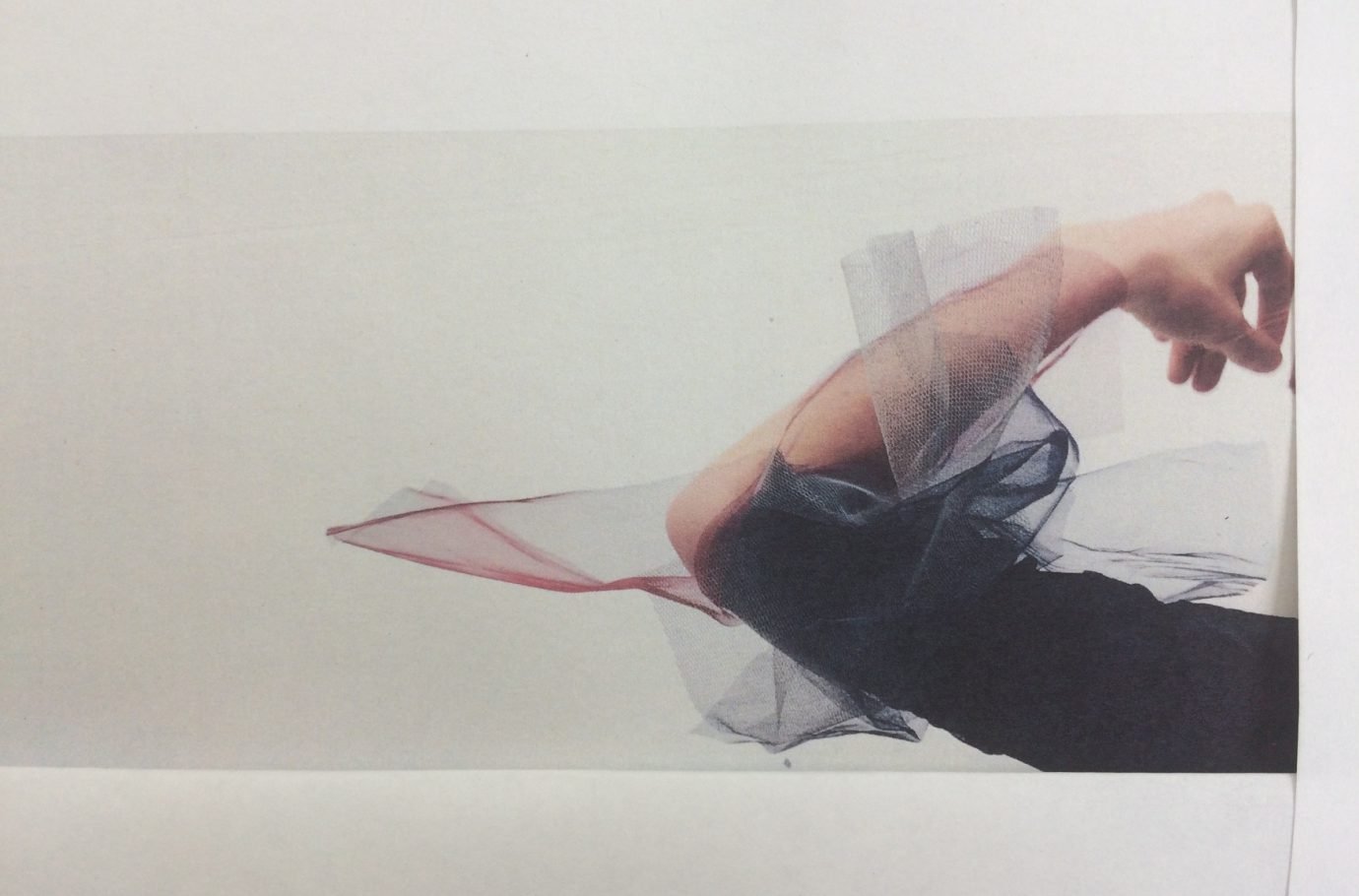At school in a small city near Shanghai, Gong realised it was his dream to come to CSM. Deeply interested in all art forms including sketching and drawing, something always drew him towards fashion. Following his dream, he did his undergraduate degree in womenswear at the London College of Fashion. Realizing that “everything in womenswear has been done already,” Gong switched to menswear for his MA. He wanted to represent himself more accurately through his designs, and felt menswear was the way to achieve this.
Gong was one of the 16 MA Fashion students who were part of the AW17 fashion show, and this had a lot to do with his dynamic take on men’s clothes. The inspiration for his final offering at CSM began during his pre-collection. Gong looked at the London Tweed Run, in which people cycle across London in their vintage tweed suits. “I found the Run very uncomfortable for classic tailoring – people wearing their suits, their bodies were very restricted. That’s how I started my work. It’s not just about cycling, it’s a starting point.” His graduate collection was a brilliant selection of well-proportioned suiting with interesting design details, such as contrast colour panels down the inside legs of trousers. Details such as these have long been a part of womenswear design, and it is interesting to see this being brought to menswear.

